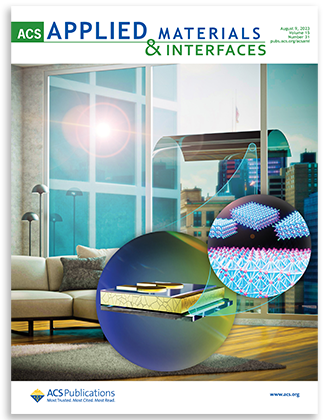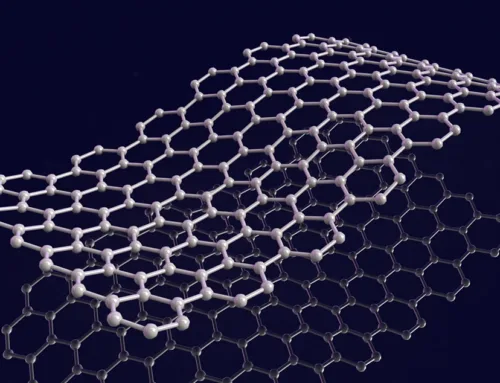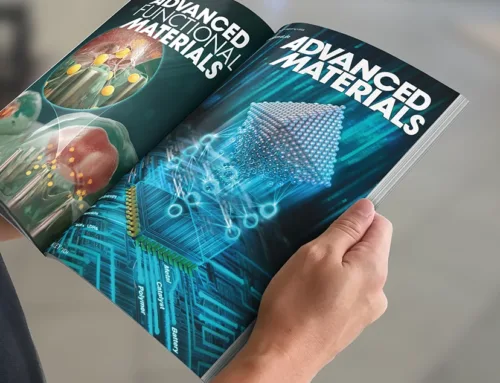Mxene, a novel group of two-dimensional transition metal carbides, carbonitrides and nitrides was introduced by researchers at Drexel University in 2011. Since their discovery, Mxene attracted much attention from many researchers in different fields due to their unique properties such as having high surface area, unique metallic conductivity, high reactivity, high adsorption ability, and composition tunability. Yury Gogotsi can be named as one of the prominent researchers in this field. Today, the number of articles about different applications of Mxene in various fields such as energy storage, biomedical imaging, biomedical therapy, bio-sensors, separation sciences, environmental protection, optoelectronics, etc. is growing at a remarkable speed. The number of articles published on Mxene in 2020 exceeded 3000.
To comprehend the structures of Mxene computational simulations are frequently employed to support experimental discoveries. These researches have revealed that Mxene may be found in six different structures. Recently developments in Mxene are related to their assemblies from two-dimensional structures to three-dimensional. In this article, we discuss Mxene design and applicable software.
Software for Mxene design and Illustration
Professional Mxene structures design and illustration in related research papers can significantly improve the quality and clarity of the papers. Our experienced group can help researchers in this field with professional illustrations of Mxene structures.
There are three types of illustration techniques for showing Mxene structures:
1) Designing by 2D software
If you want to create stunning 2D illustrations of Mxene structures, you should try some software like Adobe Illustrator or Corel Draw. These programs allow you to produce vector-based graphics that have high-quality and sharp colors. You can use them to make graphical abstracts or article figures that showcase your scientific work, or even to design journal covers that catch the eye of the readers. Mxene structures are versatile and beautiful, and you can express your creativity with these software tools.
2) Designing by 3D software
3D software is a great tool for designing and illustrating Mxene materials. Mxenes are complex structures that can have different properties depending on their orientation and composition. With 3D software, we can easily manipulate and visualize these structures from any angle, and find the best way to present them. One of the challenges of Mxene’s illustration is to show how light reflects on their glassy surfaces. This requires a careful selection of 3D materials and lighting settings, to create realistic and appealing images. 3D software allows us to experiment with different options and see the results in real-time.
For this purpose, you can order scientific illustration services in the Inmywork studio website, and professional 3D designers will satisfy your needs.
A sample of Mxene design and illustration by the Inmywork Studio team:
ACS Applied Materials & Interfaces
August 9, 2023, Volume 15, Issue 31
Semi-transparent solar cells are promising building-integrated photovoltaics. Their performance can be greatly enhanced with the help of MXene at the interface of perovskite and electron transport layer. The semi-transparent device with a PCE of 14.78% and AVT of over 26.7% was obtained, outperforming most reported ST-PSCs

3) Designing by AI tools
Artificial intelligence is advancing rapidly and producing amazing results. Imagine a future where scientists can use AI to design and illustrate Mxene materials, a promising class of solar cells. They could visualize their ideas or research in a clear and engaging way, without spending hours on manual calculations or drawings. AI has the potential to revolutionize Mxene design and illustration, and we are excited to see what it can do.
Order for the Mxene structure illustration
Now that you’ve figured out the answer to the question of how to create a Mxene structure, it is suggested that you go to register your order in the services section.





Leave a Reply